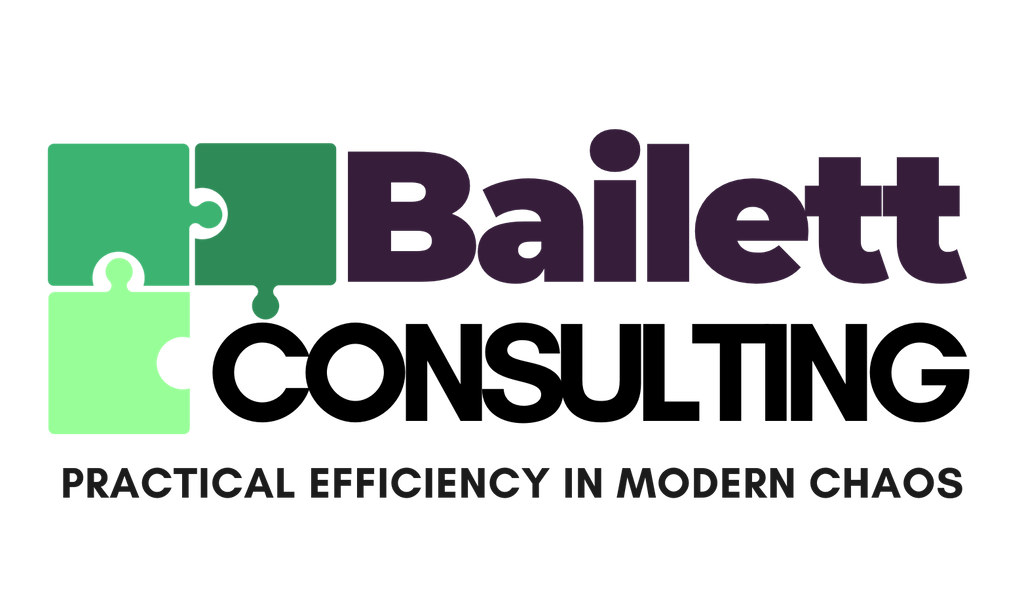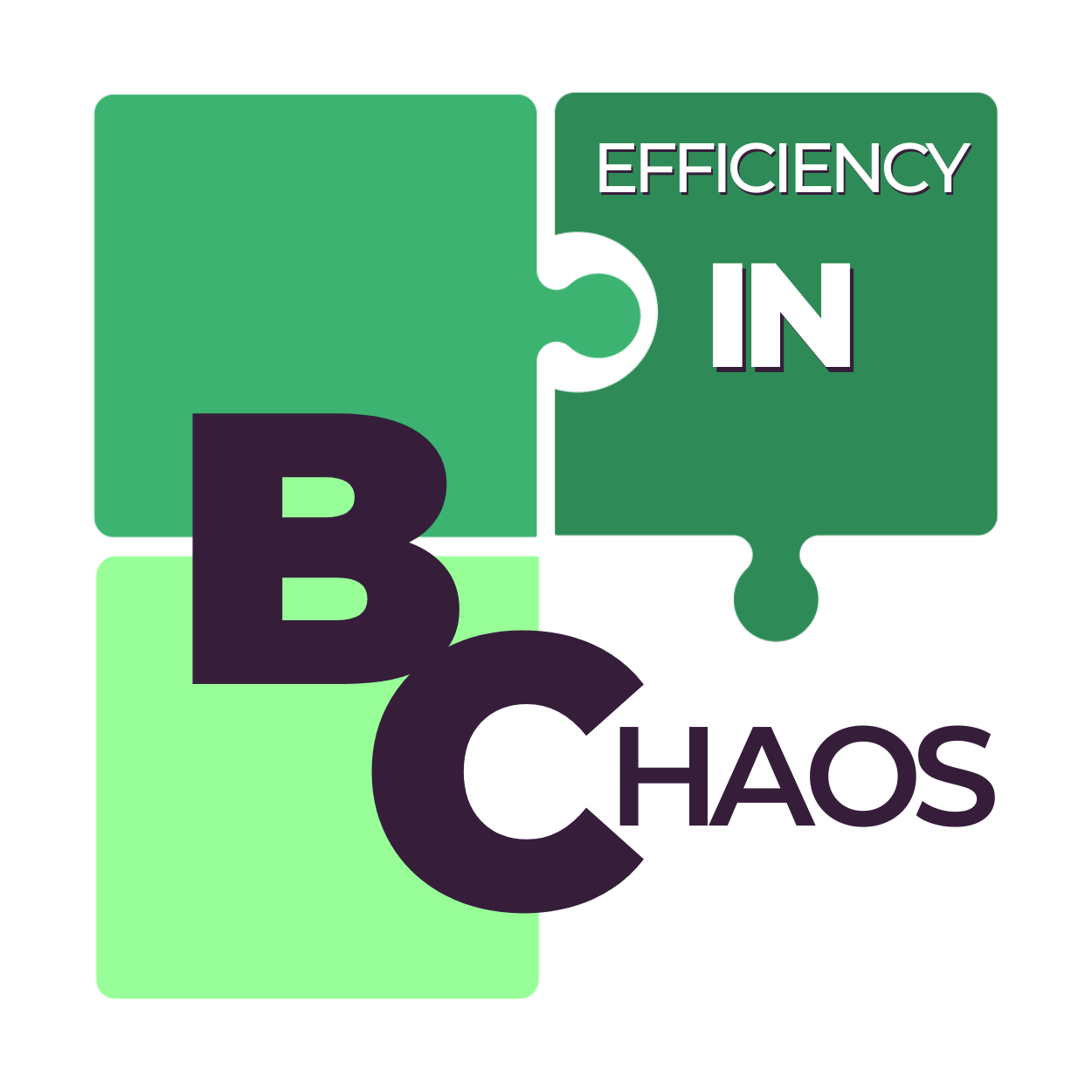Introduction to Productivity Techniques
Have you ever wondered if there is a way to become more productive? You are sitting at your desk and say to yourself, “okay, how do I complete these tasks in the most productive way?” A great suggestion would be to use a productivity technique. Productivity techniques can really help you get more done in the same amount of time. There are three productivity techniques that I share with my clients and colleagues and I would like to share them with you.
One is called the Pomodoro Technique, and the other one is called the Flowtime Technique. Both techniques are extremely good. They do exactly what they're supposed to do. They increase your productivity when you use them effectively and they build in break times for you. We all know that working two, three, or four hours without a break is not the best way to be productive, however, sometimes it feels like the only way things get done. Utilizing a productivity technique can help you be productive in the moment and also be more productive throughout the day because you are taking breaks.
Let’s begin with the Pomodoro Technique.
In this technique, you set a timer for 25 minutes and laser focus on one activity for the entire 25 minutes. No multitasking, no emails, no cell phones, no messaging, nothing. This is 25 minutes of laser-focused work followed by a five-minute break. Every 25-minute segment is called a Pomodoro. You complete one Pomodoro, then a five-minute break, you complete a second Pomodoro, five five-minute break, and so on. After four Pomodoros, you will take a longer 25-minute break. See Pomodoro vs Flowtime Download
Completing laser-focused work is not easy, therefore, the Pomodoro Technique is a great place to start. You will need to practice as your brain is a muscle. Our current environment of constant distractions and interruptions makes it difficult to focus. Begin with the Pomodoro Technique and build the habit of laser-focused work.
When you get the hang of the Pomodoro Technique at 25 minutes you will find that 25 minutes no longer feels long enough. You may want to work longer as those 25-minute timers go off. When that happens you can begin to utilize the Modified Pomodoro Technique. Modifying a productivity technique to fit your needs can further increase your productivity.
In the Modified Pomodoro Technique the timer is set for 45 minutes. During this 45-minute time frame, you are laser-focused on one activity at a time: no emails, no phone, no messages, nothing. When the 45-minute timer goes off, there is a five-minute wrap-up because sometimes you are unable to stop right where you are. Taking 5 minutes to wrap up and get to a logical stopping point can help you get back on track after the break. When the 5-minute wrap-up is complete, take a 10-minute break, which puts the time neatly at 60 minutes.
The final technique is called the Flowtime Technique.
The Flowtime Technique is especially good for creatives or for those who do not like getting jolted out of what they are doing by a timer. When Utilizing the Flowtime Technique you record your start and stop times. Your break time depends on the length of your work time. If you work 25 minutes or less, you take a five-minute break, much like Pomodoro. If you work 25 to 50 minutes, it's a 10-minute break. 50 to 90 minutes, it's a 15-minute break. And over 90 minutes, it's a 20-minute break or longer. We want to be very careful though as working longer than 90 minutes without a break has been shown to result in a decrease in productivity.
I personally use and love all these techniques. I can be super productive in a 30-minute time block, an hour time block, or an hour-and-a-half time block. It all depends on the amount of time I have. Test out these productivity techniques for yourself and see what works for you. Or see how much time you have and be productive.
Join us at the next Focused Work Day where we use one of these techniques to get things done.



